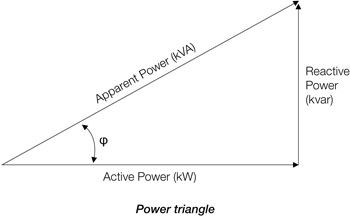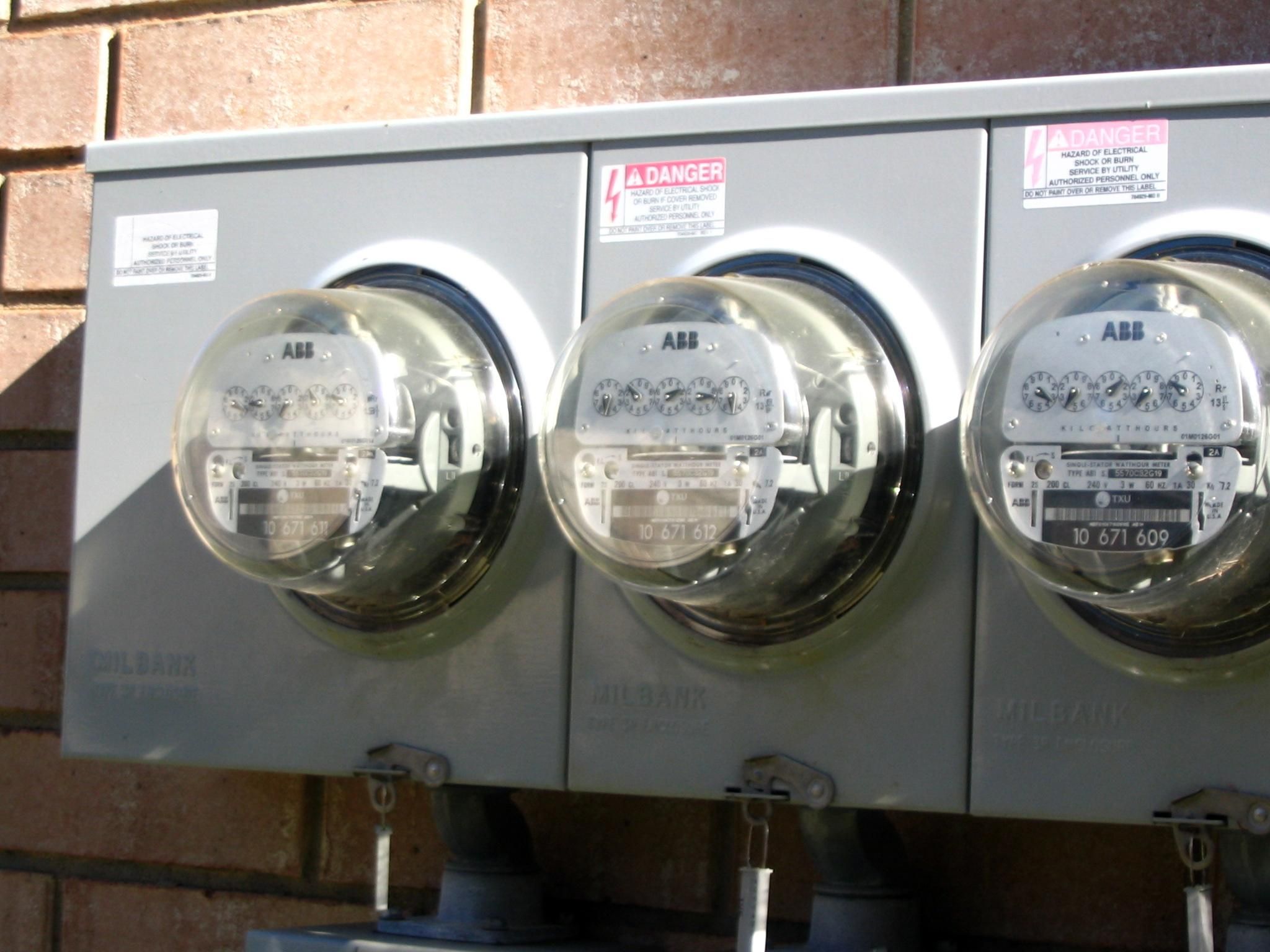Simply put, Power Factor is a measure of an electrical systems efficiency.
The
Apparent Power or total electrical power (Kilo Volt Amperes or kVA) used in an electrical system by an industrial or commercial facility has two components:
Productive Power (Kilowatts or kW) which produces work.
Reactive Power (Kilo Volt Amperes Reactive or kVAR) which generates the magnetic fields required in inductive electrical equipment (AC motors, transformers, inductive furnaces, ovens, etc.)
Reactive Power (kVAR) produces no productive work. Because the inductive electrical equipment employing magnetic fields requires this Reactive Power, which produces no productive work, the Total Power (kVA) provided by the generating source (your utility) must always be greater than the Productive Power (kW).
The ratio of Productive Power (kW) to Total Power (kVA) is called the Power Factor and is calculated using the following formula:
(PF = kW / kVA)
It is the measure of the systems electrical efficiency in an alternating current circuit and is represented as a % or a decimal (i.e. PF = 0.9 or 90%).

The relationship between kVA, kW and kVAR is non-linear and is expressed:
kVA2 = kW2 + kVAR2
In almost all industrial facilities where Demand charges apply, utility companies charge a surcharge or penalty for poor power factor. See our
Industry page to see some typical examples of uncorrected power factor in different industries.
The most economical means of correcting poor power factor is through the application of to Power Factor Correction banks dispersed at strategic points in the electrical system, central correrction at the main electrical panel or some combination of both..

